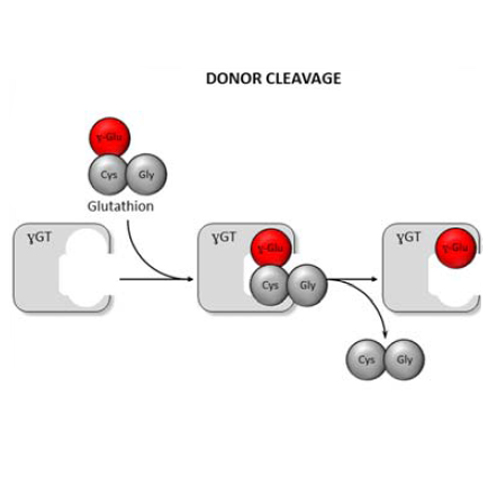Comparison of enzymatic properties and small molecule inhibition of γ–glutamyltranspeptidases from pathogenic and commensal bacteria
16-Sep-2016
Biological Chemistry, ISSN (Online) 1437-4315, ISSN (Print) 1431-6730, DOI: 10.1515/hsz-2016-0198
Biological Chemistry, online article
Helicobacter pylori infects the stomach of 50% of the population worldwide, thus causing chronic gastritis. Although this infection can be cured by antibiotic treatment, therapeutic options are increasingly limited due to the development of resistances. The γ-glutamyltranspeptidase (gGT) of Helicobacter pylori (HpgGT) is a virulence factor important for colonization and contributes to bacterial immune evasion. Therefore, this enzyme is a potential target for developing new anti-infectives. As species specificity of such compounds is required in order to avoid off target or adverse effects, comparative analysis of the gGTs from different organisms is a prerequisite for drug development. To allow detailed biochemical and enzymatic characterization, recombinant gGTs of five different bacteria as well as H. sapiens were characterized and compared. Investigation of the enzymatic activity,the binding modes of known inhibitors to the catalytic center, and a high resolution X ray structure of the HpgGT provided a starting point for the identification of new inhibitory substances targeting HpgGT. Inhibitors with Ki values in the nM to mM range were identified and their binding modes were analyzed by mass spectrometry. The results of this study provide a basis for the development of species-specific lead compounds with anti-infective potential by effectively inhibiting HpgGT.











